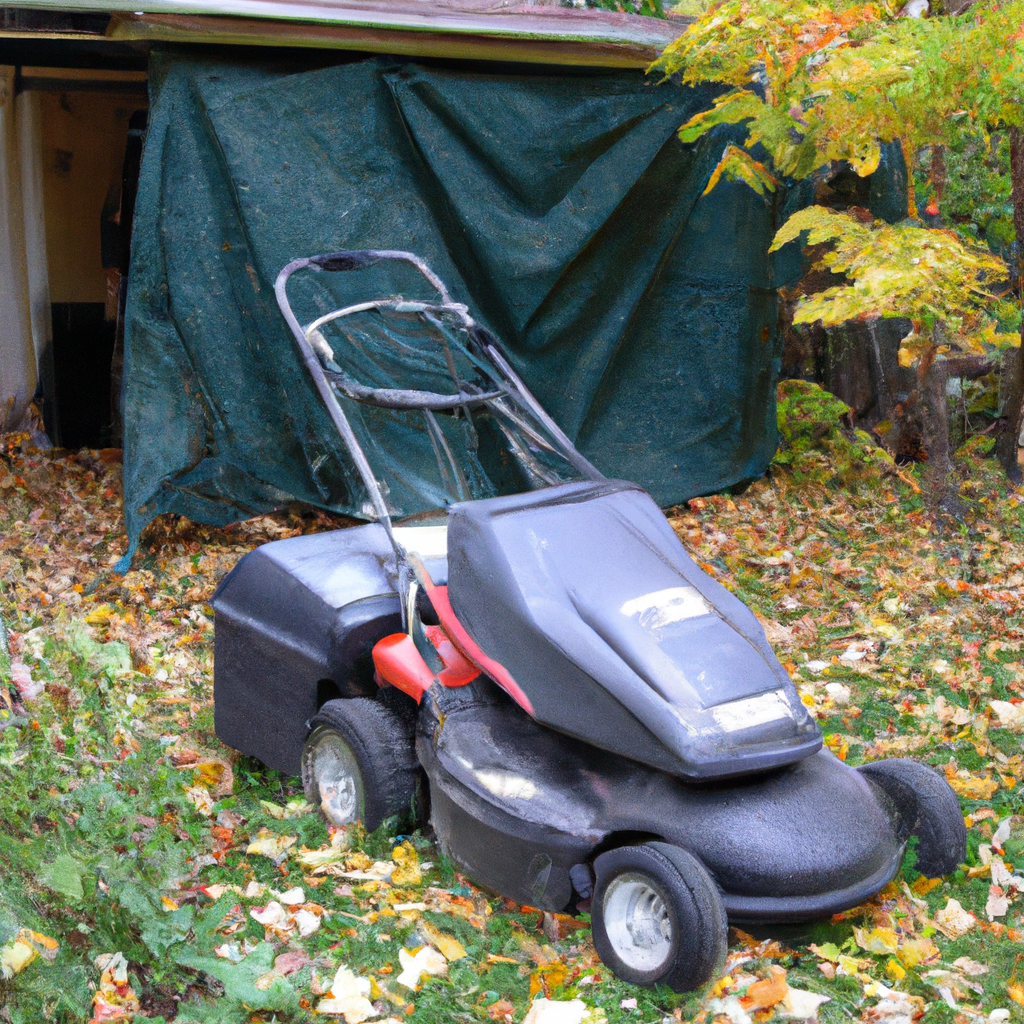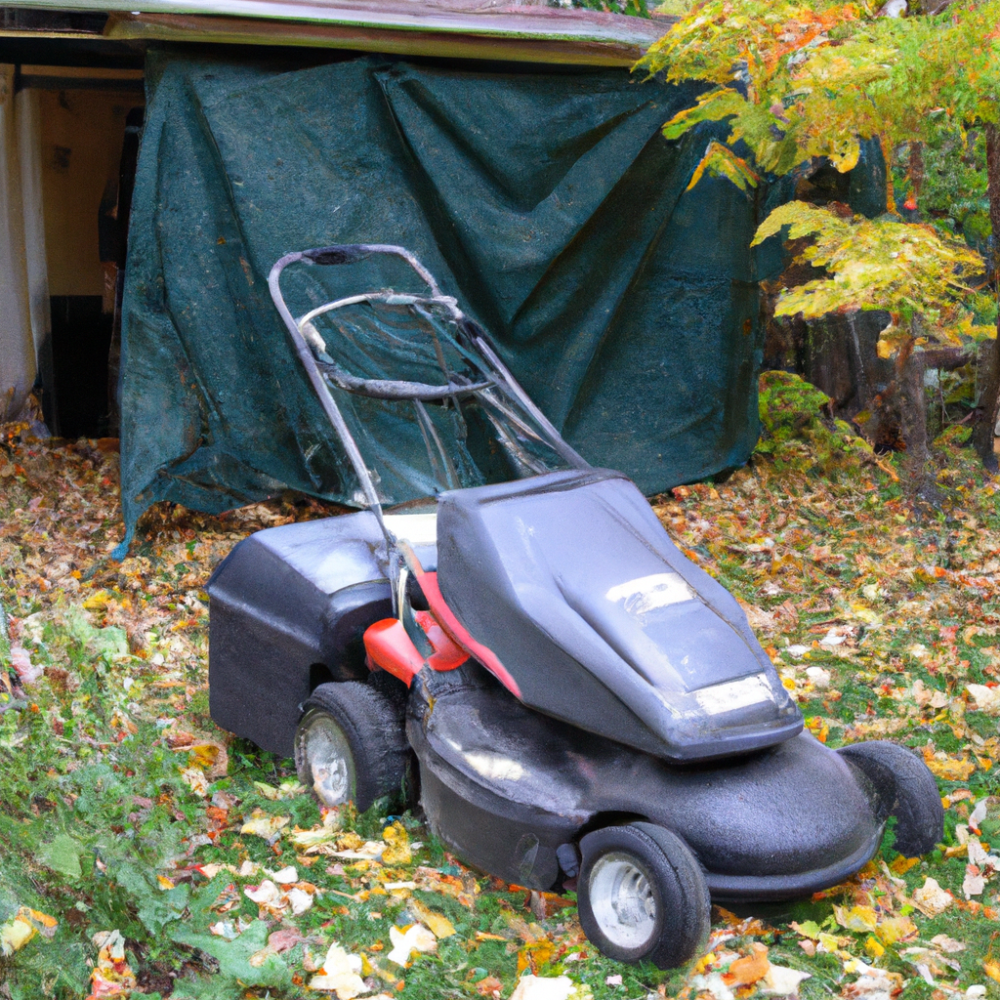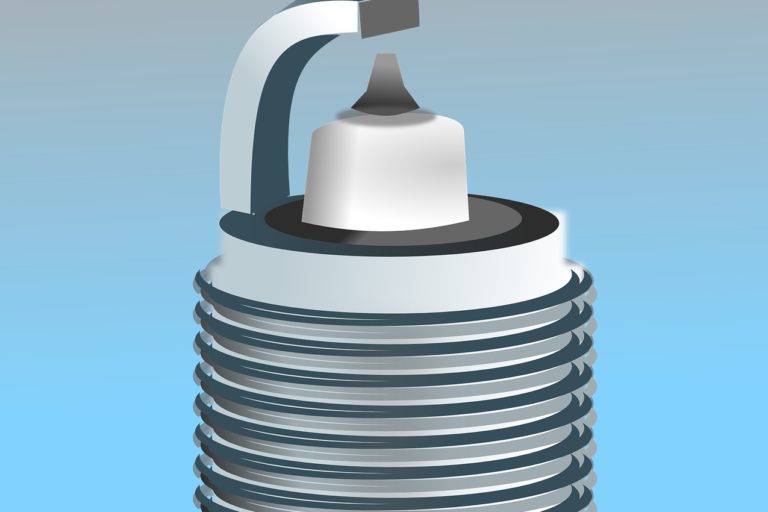Are you wondering how to keep your electric mower in top-notch condition during the off-season? Well, fret no more! In this article, we will share some valuable tips and tricks on how to store your electric mower to prevent corrosion and damage. By following these simple steps, you can ensure that your trusty mower remains in great shape, ready to tackle your lawn once the mowing season rolls around again. So let’s get started and keep your mower looking and performing its best, even during its downtime.

Clean the mower thoroughly
It is essential to start the storing process by cleaning your mower thoroughly. This will ensure that any debris or grass clippings are removed, preventing any buildup that could potentially cause damage. Begin by removing any grass clippings and debris from the mower, paying close attention to areas such as the cutting deck and the blades. A brush or a cloth can be helpful in getting rid of stubborn debris.
After removing the grass clippings and debris, wipe down the exterior of the mower. Use a damp cloth or sponge to gently clean the surface, ensuring you remove any dirt or grime that may have accumulated during usage. This will not only keep your mower looking clean and presentable but also prevent any potential damage caused by buildup.
Next, take the time to clean the blades of your mower. Blades can accumulate dirt and grass clippings over time, affecting their performance. Use a brush or a cloth to carefully remove any material stuck onto the blades. It’s essential to work carefully to avoid any injuries. If the blades are excessively dirty or rusty, consider using a mild detergent solution to soak them for a few minutes before scrubbing them clean.
Lastly, don’t forget to remove and clean the cutting deck. Over time, grass clippings and residue can build up in the cutting deck, leading to reduced performance and potential damage to the mower. Remove the cutting deck according to the manufacturer’s instructions and use a hose or a brush to thoroughly clean it. Ensure it is completely dry before reattaching it to the mower.
Prepare the battery
If your mower is electric, taking care of the battery is crucial before storing it for the off-season. Start by fully charging the battery. This ensures that it is in optimal condition and ready for use when the mowing season starts again. Once fully charged, remove the battery from the mower.
While the battery is out, take a moment to clean the battery terminals. These terminals can collect dust and debris over time, which may affect their conductivity. Use a battery terminal cleaner or a mixture of baking soda and water to gently clean the terminals. Ensure they are completely dry before reinstalling the battery into the mower.
When storing the battery, it is essential to do so properly to prevent any damage. Store the battery in a cool, dry place away from any extreme temperatures or direct sunlight. Ideal storage options include a plastic battery storage case or a designated area in a garage or shed where the battery will be protected from environmental elements.
Empty the fuel tank
If you have a gas-powered mower, emptying the fuel tank before storing it is crucial. Start by running the mower until it is out of fuel. This will ensure that there is little to no fuel remaining in the tank. Dispose of any remaining fuel properly by following your local regulations for hazardous waste disposal.
Once the tank is empty, start the mower and allow it to run until it shuts off completely. This step helps to prevent any residual fuel from remaining in the fuel lines or carburetor, which can potentially cause fuel system issues during storage.
To prevent fuel contamination, it is recommended to add a fuel stabilizer to the remaining fuel in the tank before running the mower until it is out of fuel. Fuel stabilizers help to prolong the shelf life of gasoline and prevent the formation of deposits that could clog the fuel system. Follow the instructions on the fuel stabilizer product for the recommended amount to use.
Change the oil
Regular oil maintenance is necessary to keep your mower’s engine running smoothly, and it is especially important before storing it for an extended period. Start by draining the old oil from the engine. Refer to your mower’s user manual for the specific steps on how to drain the oil. Be sure to have an appropriate container to collect the used oil, and dispose of it responsibly according to local regulations.
After draining the old oil, replace the oil filter if your mower has one. The oil filter helps to remove any impurities and debris from the oil, keeping the engine clean and functioning optimally. Refer to the user manual for instructions on how to replace the oil filter.
Once the oil is drained and the oil filter is replaced (if applicable), refill the mower with fresh oil. Use the type and amount of oil recommended in your mower’s user manual. It’s important not to overfill the oil. Check the oil level using the dipstick, and add more oil if necessary to reach the recommended level.

Protect the engine
To ensure the engine remains in good condition during storage, there are a few steps you can take to protect it from corrosion and damage. Start by adding a fuel stabilizer to the remaining fuel in the tank and running the mower for a few minutes. This will distribute the stabilizer throughout the fuel system, helping to prevent fuel degradation.
Next, spray a corrosion inhibitor on metal surfaces, especially the engine and any exposed parts. The corrosion inhibitor will provide a protective layer, preventing moisture and rust from forming on these surfaces during storage. Be sure to follow the instructions on the corrosion inhibitor product for the proper application method.
Covering the engine is also crucial in protecting it from dust, debris, and moisture. Use a fitted cover or a tarp to completely cover the engine. Ensure that the cover is waterproof to prevent any water damage. Using straps or bungee cords, secure the cover tightly to prevent it from being blown away by strong winds.
Store in a dry and secure location
Choosing the right storage location for your mower is essential to prolong its lifespan and prevent any damage. Look for a cool and dry area, such as a garage or a shed, where the mower will be protected from extreme temperatures, moisture, and direct sunlight.
Moisture can cause rust and corrosion on various components of the mower, so it’s important to keep it away from any sources of moisture. If the storage area is prone to humidity or dampness, consider using a dehumidifier or moisture-absorbing products to keep the environment dry.
Direct sunlight can fade the mower’s paint and damage certain materials, so it’s best to keep it away from sunlight exposure. If the storage area has windows or skylights, consider using curtains or blinds to block the sunlight during the storage period.
If possible, place the mower in a sealed storage container to further protect it from dust, moisture, and pests. Ensure that the container is airtight and well-ventilated to prevent any buildup of fumes or condensation.
Keep tires in good condition
The condition of the mower’s tires is crucial for efficient and safe operation. Before storing the mower, take the time to check the tire pressure. Refer to the user manual for the recommended tire pressure and use a pressure gauge to measure and adjust accordingly. Proper tire pressure ensures even weight distribution and optimal traction when the mower is in use.
Inspect the tires for any signs of damage, such as punctures, cracks, or wear. If any damage is found, it is important to repair or replace the tires before storing the mower. Damaged tires can lead to uneven cutting and potential safety hazards during mowing.
When storing the mower, make sure to place it on a flat surface. This will prevent any unnecessary strain on the tires and maintain their shape. Avoid placing heavy objects on top of the mower, as this can cause flat spots or deformation in the tires.
Maintain the blades
Proper blade maintenance is crucial for achieving a clean and precise cut. Before storing the mower, take the time to sharpen the blades. Dull blades can tear the grass instead of cutting it cleanly, resulting in an uneven and unhealthy lawn. Use a sharpening stone or a grinder to carefully sharpen the blades. Follow the manufacturer’s instructions and take the necessary safety precautions to avoid accidents.
After sharpening the blades, apply a rust inhibitor to protect them from corrosion during storage. Rust can damage the blades and affect their performance when mowing season resumes. Applying a rust inhibitor will help prevent any moisture from causing rust formation.
When removing the blades for storage, handle them with care to avoid any injuries. Store the blades separately in a dry and secure location, preferably in a labeled container or a blade storage rack. This will prevent them from getting damaged and ensure easy access when it’s time to reinstall them.
It’s also important to check the blade balance before storing the mower. Imbalanced blades can cause excessive vibrations and put unnecessary strain on the mower’s engine. Use a blade balancer or a similar tool to check and adjust the balance if necessary.
Cover the mower
Covering the mower is an effective way to protect it from dust, debris, and moisture during the off-season. Use a fitted cover or a tarp specifically designed for mowers to ensure proper fit and coverage. An ill-fitting cover may leave areas exposed and vulnerable to damage.
When choosing a cover, make sure it is waterproof to prevent any moisture from seeping through and reaching the mower. Moisture can cause rust and corrosion, leading to potential damage to various components.
Secure the cover using straps or bungee cords to prevent it from being blown away by strong winds. This will ensure that the mower remains covered and protected throughout the entire off-season.
Perform regular maintenance
To keep your mower in optimal condition, performing regular maintenance is key. Start by consulting your mower’s user manual for specific maintenance tasks and recommended schedules. The user manual will provide valuable information on maintenance intervals and steps to follow.
Schedule maintenance tasks accordingly to ensure that they are carried out at the recommended intervals. This can include tasks such as oil changes, air filter replacements, spark plug inspections, and blade sharpening. Keeping up with regular maintenance will help prevent any potential issues and keep your mower running efficiently.
Inspect your mower regularly for any signs of wear or damage. Replace any worn-out or damaged parts promptly to prevent further damage and ensure smooth operation. Keeping records of maintenance tasks and repairs can be helpful in tracking the mower’s history and identifying any recurring issues.
By following these comprehensive steps, you can store your electric mower safely and prevent corrosion and damage during the off-season. Proper cleaning, battery preparation, fuel tank maintenance, oil changes, engine protection, suitable storage, tire care, blade maintenance, cover usage, and regular maintenance are all essential to ensure your mower remains in excellent condition and ready to use when the mowing season begins again.





